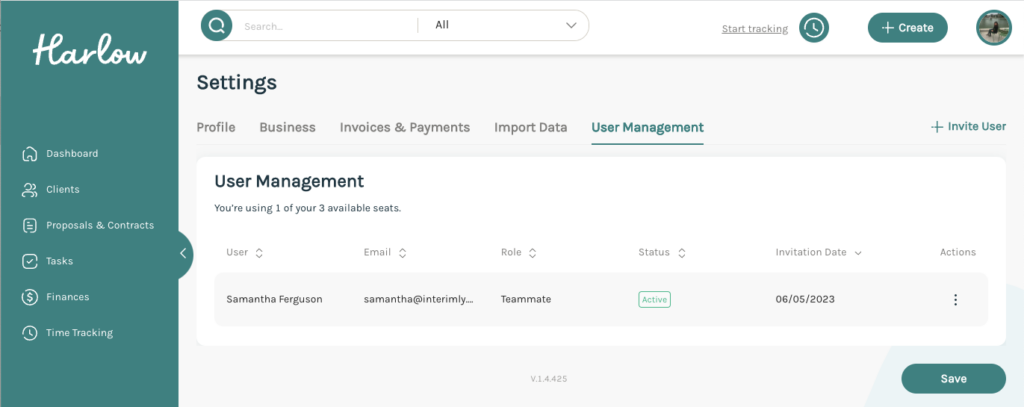
Freelance Interview Series – Creating Multiple Income Streams
Elna Cain is content writer for SaaS businesses as well as a mother to twins. Over the years she’s helped Smartblogger, Zapier, GoDaddy, Optinmonster and more grow their traffic and lead generation strategy. Her own blog has been cited as the top 100 best sites for freelance writers seven years in a row. When she isn’t writing, she’s playing with her new kitty and shuttling her twins to sports.
"The biggest piece of advice I can give you is to go at it slowly."
Tell us about your business and the different revenue streams you have created.
I started freelancing in 2014 when my twins were around 15 months old. It wasn’t until around 2016 when I started offering 1:1 coaching sessions. I had an email list and had cultivated an audience around my blog, so I sent out an email asking if anyone was interested in 1:1 coaching with me and many were.
It was difficult managing my freelance clients and my coaching students when I first launched. I would write and pitch during the day, spend an hour or two on the phone with my coaching clients, and then another two to three hours writing up a plan for my students following. This turned out to be too much, and I had to do something to free up my time. Soon after, I decided to consolidate my learnings into a course to help my coaching students. Instead of hour-long sessions, I would enroll them in a course and answer any questions that came my way. This course evolved over time to include a Facebook group, expert training sessions, audits, challenges, swipe files, and templates.
During this time, I also started a new blog, Twins Mommy. I wanted to write about the challenges of working from home, while seeing if I could monetize this channel. I wanted to try affiliate marketing and other ways to grow my traffic. Since my freelance niche is digital marketing, I found the tactics I was using for Twins Mommy helped with the content I was writing for my clients too. I ended up creating a course for this audience too, and more courses for my freelance audience as pain points meshed well with my current learnings. At this time, through trial and error, I had created a freelance income stream, an affiliate marketing income stream, and a digital product income stream.
Over the next few years, I started other websites and two YouTube channels. I then turned my focus to monetizing those channels, and signed up for Mediavine to gain some ad income.
Why did you start to build additional revenue streams?
My niche is digital marketing and I was learning about different ways businesses monetized their brand. Since I wanted to learn more about my niche, I thought, well, why not TRY these methods out?
And that’s what I did. I started with coaching, then affiliate marketing and then digital products. I was practicing what I was writing about and over time, I added more to my revenue streams.
How do you make time for creating outside of your normal freelance work at a macro-level?
Now, I make it a point to only do part-time freelance work. This means I’m working with no more than three clients at a time. This leaves me room to focus on my students, my email list, my products, and my YouTube channels.
I’m learning to be a content creator and, at times, I lean into content creation more than freelancing. But I have control of my day and that means doing what I want to do. This year, I decided to focus more on freelancing than content creation. This means more pitching, more networking, and more LinkedIn posts.
How do you balance client work and building additional revenue streams on a micro level?
I batch my tasks throughout the week. Mondays and Tuesdays are video production and editing days. Wednesdays and Thursdays are client and blog days. And Fridays are catch up days or educational days. I may have to edit a client article, so I will leave that to Friday and check out a podcast or copywriting training video.
And the weekends are family time. I have two 11-year-olds, and I’m either at a ski lodge or a hockey arena.
What other advice would you give to creators or freelancers building multiple revenue streams and/or distribution channels?
The biggest piece of advice I can give you is to go at it slowly. I think offering another service, creating an eBook, or opening up a paid newsletter or Patreon account is the simplest way to break into the creator economy. Another way to build additional revenue is with affiliate marketing and creating digital products.
For me, many of my SaaS clients had an affiliate program, so I could also become an affiliate for them. I also became an affiliate for products by freelancers. An example is a finance book created by Alexis Grant of the Write Life and her dad, an accountant. She opened up her book for affiliates and I knew this would help out my audience – and it has!
If creating a digital product seems too difficult, you could always start another service. I did coaching, but you could become a strategist or analyst for businesses.






Recent Comments